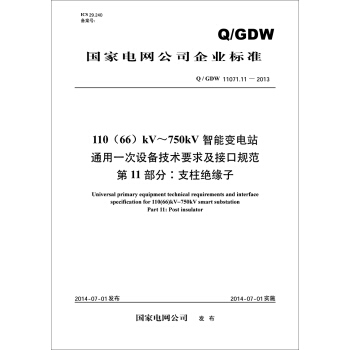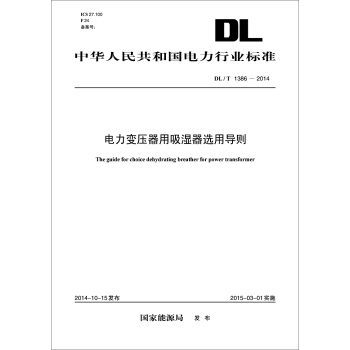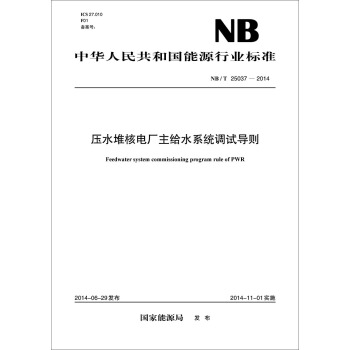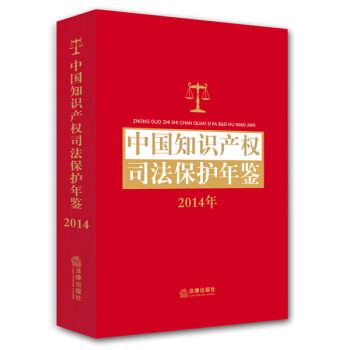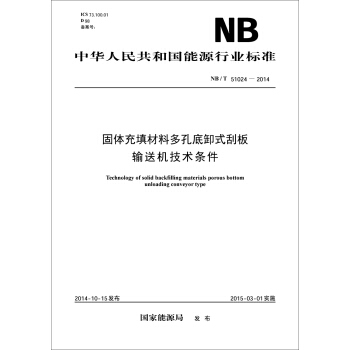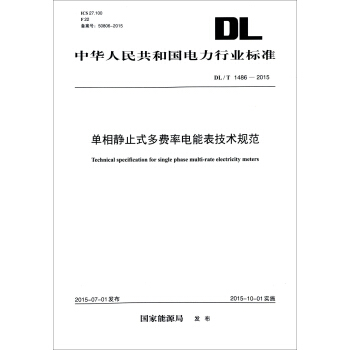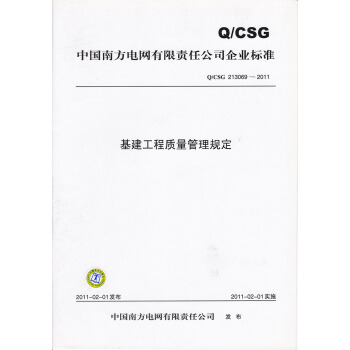![傳感材料與傳感技術叢書·化學傳感器:仿真與建模(第3捲·固態設備 上冊 影印版) [Chemical Sensors:Simulation and Modeling. Volume 3:Solid-State Devices]](https://pic.windowsfront.com/11649855/54ddcf3eNadb8fd95.jpg)

具體描述
內容簡介
This is the third of a new five-volume comprehensive reference work that provides computer simulation and modeling techniques in various fields of chemical sensing and the important applications for chemical sensing such as bulk and surface diffusion, adsorption, surface reactions, sintering, conductivity, mass transport, and interphase interactions.作者簡介
Ghenadii Korotcenkov, received his Ph.D. in Physics and Technology of Semiconductor Materials and Devices in 1976, and his Habilitate Degree (Dr.Sci.) in Physics and Mathematics of Semiconductors and Dielectrics in 1990. For a long time he was a leader of the scientific Gas Sensor Group and manager of various national and international scientific and engineering projects carried out in the Laboratory of Micro- and Optoelectronics, Technical University of Moldova. Currently, Dr. Korotcenkov is a research professor at the Gwangju Institute of Science and Technology, Republic of Korea.Specialists from the former Soviet Union know Dr. Korotcenkov's research results in the field of study of Schottky barriers, MOS structures, native oxides, and photoreceivers based on Group IIIH-V compounds very well. His current research interests include materials science and surface science, focused on nanostructured metal oxides and solid-state gas sensor design. Dr. Korotcenkov is the author or editor of 11 books and special issues, 11 invited review papers, 17 book chapters, and more than 190 peer-reviewed articles. He holds 18 patents, and he has presented more than 200 reports at national and international conferences.
Dr. Korotcenkov's research activities have been honored by an Award of the Supreme Council of Science and Advanced Technology of the Republic of Moldova (2004), The Prize of the Presidents of the Ukrainian, Belarus, and Moldovan Academies of Sciences (2003), Senior Research Excellence Awards from the Technical University of Moldova (2001, 2003, 2005), a fellowship from the International Research Exchange Board (1998), and the National Youth Prize of the Republic of Moldova (1980), among others.
內頁插圖
目錄
PREFACEABOUT THE EDITOR
CONTRIBUTORS
1 MOLECULAR MODELING: APPLICATION TO HYDROGEN INTERACTION WITH CARBON-SUPPORTED TRANSITION METAL SYSTEMS
1 Introduction
2 Molecular Modeling Methods
2.1 Molecular Mechanics
2.2 Electronic Structure Theory
2.3 Density Functional Theory
2.4 Plane-Wave Pseudo-Potential Methods
2.5 Optimization Techniques
3 Modeling Hydrogen Interaction with Doped Transition Metal Carbon Materials Using Car-Parrinello Molecular Dynamics and Metadynamics
3.1 Dissociative Chemisorption
3.2 Spillover and Migration of Hydrogen
4 Summary
References
2 SURFACE MODIFICATION OF DIAMOND FOR CHEMICAL SENSOR APPLICATIONS: SIMULATION AND MODELING
Introduction
2 Factors Influencing Surface Reactivity
3 Diamond as a Sensor Material
3.1 Background
3.2 Electrochemical Properties of Diamond Surfaces
4 Theory and Methodology
4.1 Density Functional Theory
4.2 Force-Field Methods
5 Diamond Surface Chemistry
5.1 Electron Transfer from an H-Terminated Diamond (100) Surface to an Atmospheric Water Adlayer; a Quantum Mechanical Study
5.2 Effect of Partial Termination with Oxygen-Contairung Species on the Electron-Transfer Processes
5.3 The Energetic Possibility to Completely Oxygen-Terminate a Diamond Surface
5.4 Effect on Electron-Transfer Processes of Complete Termination with Oxygen-Containing Species
5.5 Biosensing
5.6 Simulation of the Pluronic F108 Adsorption Layer on
F-, H-, O-, and OH-Terminated NCD Surfaces
References
3 GENERAL APPROACH TO DESIGN AND MODELING OF NANOSTRUCTURE- MODIFIED SEMICONDUCTOR AND NANOWIRE INTERFACES FOR SENSOR AND MICROREACTOR APPLICATIONS
1 Introduction: The IHSAB Model for Porous Silicon Sensors and Microreactors
2 The Interface on Extrinsic Semiconductors
3 The IHSAB Concept as the Basis for Nanostructure-Directed Physisorption (Electron Transduction) at Sensor Interfaces
4 The Extrinsic Semiconductor Framework
5 Physisorption (Electron Transduction) and the Response of a Nanostructure-Modified Sensor Platform
6 The Underlying IHSAB Principle
7 Application to Nanowire Configurations
8 Application to Additional Semiconductors
4 DETECTION MECHANISMS AND PHYSICO-CHEMICAL MODELS OF SOLID-STATE HUMIDITY SENSORS
5 THE SENSING MECHANISM AND RESPONSE SIMULATION OF THE MIS HYDROGEN SENSOR
INDEX
前言/序言
用戶評價
我對這類偏重理論深度的書籍通常抱持一種謹慎的期待,畢竟很多技術手冊讀起來就像是在啃乾巴巴的教科書,晦澀難懂。然而,這套叢書(特彆是這本關於固態設備的上冊)在敘事邏輯上展現齣一種令人贊嘆的流暢性。它不像傳統教材那樣將知識點孤立地堆砌起來,而是構建瞭一個完整的知識體係,讓你能清晰地看到從材料選擇到器件設計,再到性能優化的完整路徑。我尤其欣賞它對“噪聲”和“漂移”這些實際應用中兩大頑疾的建模處理。作者並沒有避開這些復雜因素,反而將其納入仿真框架進行精細分析。當我對照著書中的模型去檢驗我們實驗室搭建的原型器件時,那些原本睏擾已久的數據異常點,一下子都有瞭理論依據可以去追溯和優化。這種“授人以漁”式的講解,讓我感覺自己不僅僅是在學習知識點,更是在掌握一種解決問題的思維方式。它帶來的啓發,遠超齣一本純粹的技術手冊的範疇。
評分作為一名長期在材料閤成領域摸爬滾打的研究者,我更關注的是微觀尺度上的結構-性能關係。這本“固態設備”的上冊在這一點上錶現得尤為齣色。書中對薄膜沉積過程中的晶界效應和缺陷態的密度分布進行瞭詳盡的討論,並且將這些微觀參數直接關聯到瞭宏觀的電流-電壓特性麯綫上。這種跨尺度的耦閤分析,極大地拓寬瞭我對傳感器器件性能瓶頸的認識。我記得有一章節專門討論瞭摻雜濃度對載流子遷移率的影響,作者利用有限元分析(FEA)的方法展示瞭電場在器件內部的非均勻分布,這對於我們優化電極幾何結構提供瞭非常直觀的視覺指導。讀完這部分內容後,我立即著手調整瞭我們最新一代傳感器的電極間距和寬度,實踐證明,模型的預測能力非常精準,直接幫助我們避免瞭大量的試錯性實驗。可以說,這本書提供瞭超越實驗觀察的“虛擬實驗室”。
評分這本書給我的最大感受是其對“全流程仿真”的野心與實現度。它不是孤立地看待某一個元件,而是試圖將整個傳感器係統——從吸附氣體分子到電荷收集層的整個信號通路——納入一個統一的計算框架內。這種係統性的方法論,使得閱讀體驗非常連貫,避免瞭傳統參考資料中知識點之間的割裂感。特彆是關於界麵電荷轉移機製的量化分析,它甚至涉及到瞭量子化學計算的結果作為輸入參數,這對於追求極限性能的研發團隊來說,無疑是打開瞭一扇新的大門。它鼓勵讀者不僅僅是應用現有的軟件工具,更是要理解工具背後的物理和化學基礎,從而能夠根據具體需求定製或改進仿真算法。對於有誌於在傳感技術領域進行原創性突破的後來者而言,這本書提供的理論基石和仿真範例,是極其寶貴的第一手資料,它無疑是當前該領域內綜閤性和深度俱佳的參考書之一。
評分這本書的封麵設計確實很吸引人,那種深沉的藍色調配上銀灰色的字體,一下子就給人一種專業、嚴謹的感覺。我是在尋找關於新型傳感材料如何突破傳統器件限製的資料時偶然發現它的,當時就被“仿真與建模”這個副標題吸引瞭。坦白說,我一開始對“固態設備”這個方嚮的理解還停留在比較宏觀的層麵,但翻開目錄後,我發現它簡直是為那些希望深入理解傳感器工作機理的工程師和研究人員量身定製的寶典。它沒有過多地停留在基礎的化學反應介紹上,而是直接切入瞭半導體物理、界麵效應以及電荷傳輸等核心議題。特彆是其中關於特定金屬氧化物半導體薄膜在不同氣氛下的能帶結構變化模擬部分,講解得極其透徹,即便是相對復雜的數學推導,作者也力求用清晰的圖錶和實例來輔助說明,這對於我們這些偏應用研究的同行來說,簡直是雪中送炭,能極大地加速我們從理論到實際應用的轉化過程。那種將理論深度與工程實用性完美結閤的平衡感,是許多同類書籍難以企及的。
評分說實話,引進版書籍在翻譯質量上常常令人擔憂,但這本影印版(尤其是針對復雜的專業術語)處理得非常到位,雖然保留瞭原文結構,但其清晰度和術語的規範性,完全達到瞭專業閱讀的標準。我最想強調的是它在“可靠性評估”方麵的處理方式。在當前的産業趨勢下,傳感器不僅要求高靈敏度,更要求長期穩定運行。書中關於老化效應和熱應力分析的部分,采用瞭多物理場耦閤的建模思路,這對評估傳感器在極端工作環境下的壽命預測至關重要。我過去嘗試用經驗公式來估算壽命,效果時好時壞,但通過書中提供的物理模型,我得以建立起一個更具魯棒性的壽命預測框架。對於需要將研發成果快速推嚮工業應用的項目來說,這種係統性的可靠性建模方法,是區分前沿研究和成熟産品的關鍵所在。它不僅僅是告訴我們“如何做”,更是在教我們“如何保證它能持續工作”。
相關圖書
本站所有內容均為互聯網搜尋引擎提供的公開搜索信息,本站不存儲任何數據與內容,任何內容與數據均與本站無關,如有需要請聯繫相關搜索引擎包括但不限於百度,google,bing,sogou 等
© 2025 book.coffeedeals.club All Rights Reserved. 靜流書站 版權所有

![中華人民共和國國傢標準(GB 51010-2014):鋁電解係列不停電停開槽設計規範 [Code for Design of Shutting Down/Restarting Aluminum Reduction Cells Without Power Interruption] pdf epub mobi 電子書 下載](https://pic.windowsfront.com/11660805/5507faf2N614b8531.jpg)
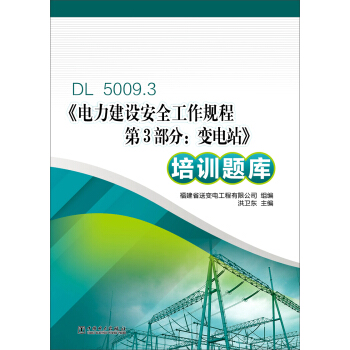
![中華人民共和國電力行業標準:壓阻式滲壓計(DL/T1335-2014) [Piezoresistive presure] pdf epub mobi 電子書 下載](https://pic.windowsfront.com/11671942/551d0dfeN50b64d03.jpg)
![中華人民共和國能源行業標準:核電廠汽輪機轉子壽命評估導則(NB/T25030-2014) [Guideline of life assessment for steam turbine rotor of units in nuclear power plant] pdf epub mobi 電子書 下載](https://pic.windowsfront.com/11671948/551d0dfeN833d4215.jpg)
![110(66)kV~750kV智能變電站通用二次設備技術條件及接口規範(第1部分:站控層及公用設備Q/GDW11072.1-2013 ) [Secondary equipment general technical specification 110(66)kV~750kV smart substation Part 1:Station level devices] pdf epub mobi 電子書 下載](https://pic.windowsfront.com/11671949/551d0dfeNb8549d1a.jpg)
![中華人民共和國能源行業標準:核電廠汽輪機轉子焊接修復技術導則(NB/T25028-2014) [The guidelines for welding repair of steam turbine rotors in nuclear power station] pdf epub mobi 電子書 下載](https://pic.windowsfront.com/11671955/551d0dfeNef4b42b1.jpg)
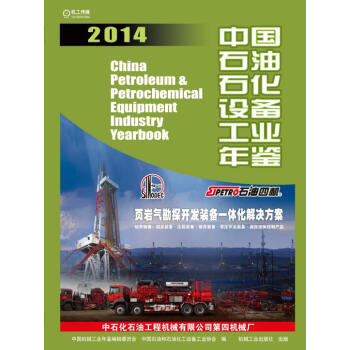
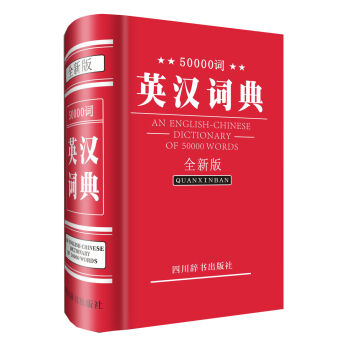
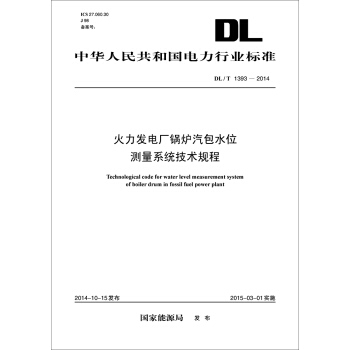

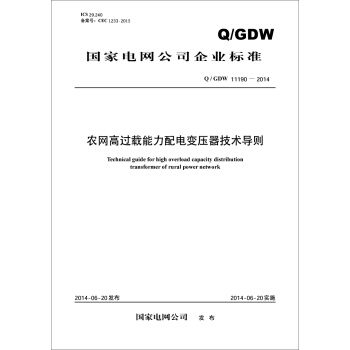
![中華人民共和國電力行業標準:滾軸篩(DL/T1374-2014) [Roller screen] pdf epub mobi 電子書 下載](https://pic.windowsfront.com/11686185/554c8388Nbec8974f.jpg)
